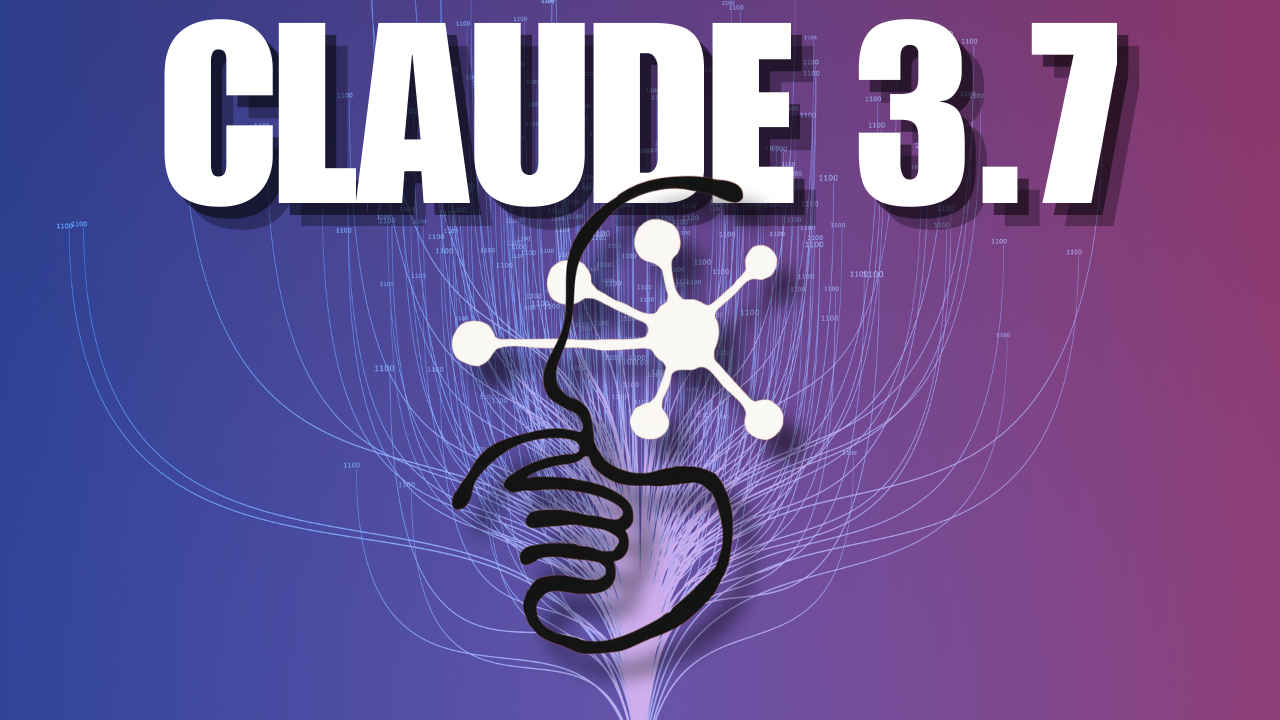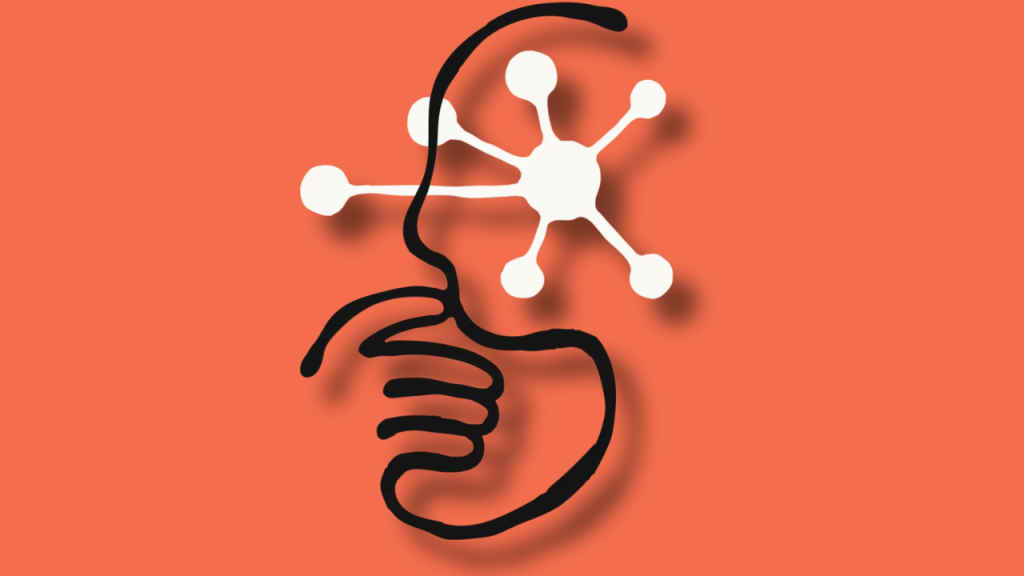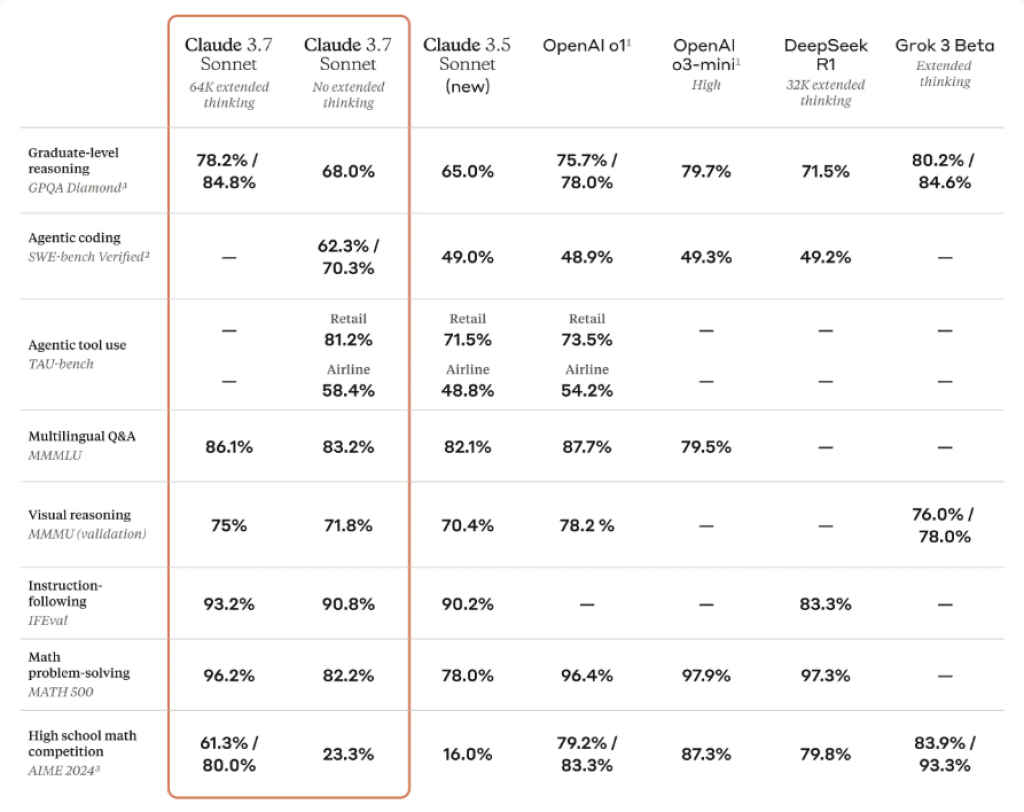Claude 3.7 Sonnet: Anthropic’s new AI model explained

It isn’t every day you see a language model that juggles both lightning-fast responses and serious, step-by-step reasoning. Yet Claude 3.7 Sonnet does exactly that, exhibiting a so-called “hybrid reasoning” approach that merges speed for simple tasks with an extended, introspective mode for tricky ones.
Yes, we’ve seen chatbots firing lightning quick responses, and we’ve seen more thorough AIs that break down complex math or coding step by step. But Claude 3.7 Sonnet claims to unify these modes seamlessly, aiming to mimic the way a human might dash off a quick text or sink into more methodical problem-solving.
Also read: Anthropic Economic Index: How is AI impacting jobs and what it means for us
Let’s see what’s new in Claude 3.7, how it stacks up to older Anthropic models like Claude 3.5, and where it stands next to the big competitor on the block – OpenAI. Let’s see if this “best of both worlds” approach truly hits the sweet spot for everyday tasks as well as the heavy-lifting AI jobs.
Claude 3.7’s hybrid reasoning explained
As soon as Anthropic announced its launch, Claude 3.7 Sonnet’s major talking point is that it could deliver one-line answers to everyday questions (like “What’s a knock knock joke?” or “Remind me of my upcoming meetings”) while switching to a longer, more methodical process for deeper tasks (like “Plan a week-long trip, factoring in flights, hotels, weather, and local events”). So if you’re a student working through advanced calculus or a company analyzing million-row spreadsheets, Anthropic’s Claude 3.7 can slide into “extended thinking” mode – organizing its logic step by step – whenever the occasion calls for it.
One of the best ways to think about it is as your phone’s assistant. You ask for a restaurant recommendation nearby, it instantly rattles off suggestions based on your location. But if you want a structured breakdown of each restaurant’s pros and cons for celebrating different occasion types, Claude 3.7 “thinks deeper.” It’s nothing but a chain-of-thought approach that breaks complicated questions down into smaller queries, hunting for their respective answers, and compiling them systematically into a structured response. This will reduce the amount of prompting needed on Claude 3.7 at the user level, one which inadvertently broke down complicated tasks into a series of prompts.
Also read: DeepSeek AI: How this free LLM is shaking up AI industry

Another interesting perk of Anthropic Claude 3.7 chatbot is that you can set how much “brainpower” it invests into responses. That’s right, developers can specify a maximum number of tokens for extended reasoning – up to 128K if you want to get crazy detailed. If you’re building an AI to handle small talk, you can keep the “thinking” token limit low. But if it’s a major financial projection, dial it up so the model can weigh multiple data points without cutting off mid-analysis.
Claude 3.7 has Claude Code, an Agentic AI for coding
Claude 3.5 was already good – Anthropic had showcased impressive coding and general Q&A chops. But Claude 3.7 elevates things in two main areas, especially – extended reasoning and coding prowess. According to Anthropic, math, physics, and complex coding problems now see a multi-step, structured approach built in. That means less need for follow-up queries or clarifications.
If you’re a developer dealing with big codebases or cross-platform integrations, Claude 3.7 claims stronger debugging and comprehension, saving you lots of frustration. Plus it references a new tool called Claude Code, which is a command-line companion that can search your codebase, run tests, and commit changes to GitHub. The star of Anthropic’s coding show is without a doubt Claude Code, an AI agent companion tool specifically aimed for development tasks. It’s not just a “helpful snippet generator” – it can read, edit, compile, run tests, and even push commits.
Also read: OpenAI Operator AI agent beats Claude’s Computer Use, but it’s not perfect
For instance, if you’re doing test-driven development, Claude Code can plan the test structure, fill in placeholders, and walk through each stage. Think of it as a coding co-pilot that physically interacts with your repository, bridging AI suggestions with the real dev environment. So if you’re grappling with a half-broken JavaScript front-end and a legacy Python back-end, you can offload a chunk of that mental overhead to Claude Code – saving time and hopefully sanity.
How Claude 3.7 compares to OpenAI’s models
OpenAI’s GPT-4 excels in generative tasks, logical reasoning, and general versatility. However, GPT-4 typically operates in a single conversation mode, requiring more user prompts to switch between quick-fire answers and deep reasoning. Claude 3.7, by contrast, merges both mindsets seamlessly. You ask a shallow or simple question, it responds quickly. But if you ask for in-depth analysis, it flips into extended reflection, all in the same conversation flow.

The big difference here is that Claude 3.7 offers fine-grained control over the “thinking budget.” Yes, OpenAI has system messages and temperature settings, but the precise ability to set how many tokens go into deeper reasoning is unique here. That might be critical for enterprise devs who want to run, say, tens of thousands of queries a day without overloading GPU usage or racking up token charges.
Anthropic emphasizes that on coding tasks like “full-stack refactoring” or “bug-hunting in large codebases” in particular, Claude 3.7 outperforms GPT-4 in certain real-world metrics. Whether that’s strictly accurate may come down to the nature of your projects or how you prime the models. Still, early testers often mention that Claude 3.7’s code suggestions feel more integrated, less random.
While both models have advanced safety layers, Anthropic claims Claude 3.7 is more adept at understanding the nuance of queries. Where GPT-4 might occasionally block or produce an error over ambiguous requests, Claude tries to find “safe ways” to comply. That said, if your environment calls for ultra-strict filtering, you can still tighten the settings in Claude’s API.
In summary…
Claude 3.7 Sonnet isn’t just another incremental model release, but Anthropic’s bid to reshape how we interact with AI – from the simplest question to the most layered coding challenge. Backed by the new Claude Code tool, it promises to be more than a conversational chatbot, serving as a genuine collaborator or agentic AI companion.
For individuals wanting clarity on complicated topics, or developers fed up with piecemeal code suggestions, Claude 3.7’s extended “thinking mode” could be a game-changer. And at its core, Claude 3.7 Sonnet underscores a growing trend: AI models are learning to adapt in real time to our demands, delivering quick hits for the routine stuff and a heavier mental workout for the rest. If that approach sticks, we could soon see an entire wave of next-gen AI that seamlessly toggles between “quick answer” and “deep reflection” – a shift that stands to benefit everyone from coders to knowledge workers, to the curious individual wanting a clearer path through a complex question.
Also read: Sam Altman’s AI vision: 5 key takeaways from ChatGPT maker’s blog post
Jayesh Shinde
Executive Editor at Digit. Technology journalist since Jan 2008, with stints at Indiatimes.com and PCWorld.in. Enthusiastic dad, reluctant traveler, weekend gamer, LOTR nerd, pseudo bon vivant. View Full Profile




